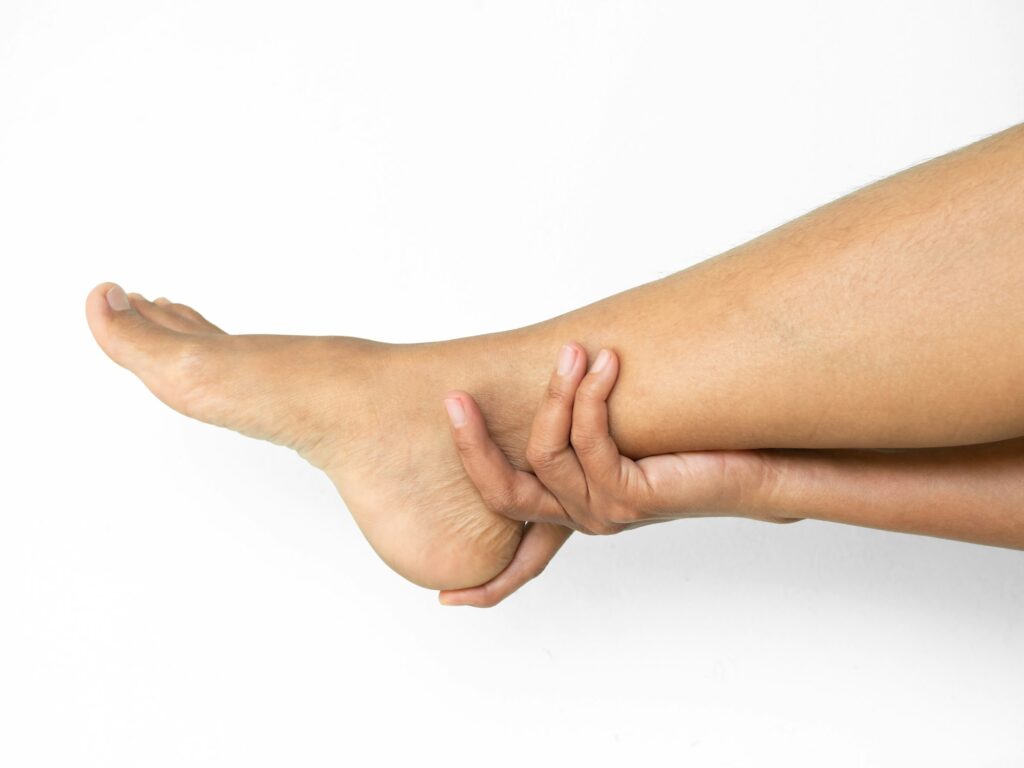Table of Contents
Heel Pain Causes and Treatments
Many people experience some form of heel pain every day. It’s a fairly common problem, but the source of the pain could stem from a variety of causes. This means that a proper diagnosis is critical to understand the situation and prescribe the best treatments if that heel pain doesn’t go away on its own.
Heel pain is usually felt under the heel or right behind it, and this can tell us a lot about the potential causes.
So, assuming that the pain isn’t from a recent trauma, let’s look closer at some of the potential causes and what you can do to find some relief from the pain.
The Most Common Causes of Heel Pain
If you feel the most pain under the heel, the most likely culprit is plantar fasciitis.
This is a condition that occurs when the ligament that connects the heel to the front of the foot is torn or damaged. It can be very painful and have a direct impact on your ability to remain active.
People who are at a higher risk for plantar fasciitis include runners, people who work on their feet all day, overweight individuals who spend a lot of time on their feet, and those with structural foot problems.
If, on the other hand, you feel the most pain behind the heel, then you may be suffering from Achilles tendinitis. This is a chronic condition that is the result of the ongoing degradation of the Achilles tendon.
These are just a couple of the most well-known causes, though. Your heel pain could be caused by anything from reactive/rheumatoid arthritis to bone tumors and heel spurs.
This is why it’s critical to make an appointment and get a professional diagnosis if your pain lasts any longer than a few days.
Heel Pain Treatments
Plantar fasciitis and other forms of heel pain can often be treated at home. Start by resting your feet and taking the weight off the heel as much as possible. An ice pack for about 20 minutes up to 3 times a day can also be very helpful. You may even try some foot supports and over-the-counter pain medications.
However, if these treatments aren’t helping, the condition may be more severe than you thought.
That’s when it’s time to get some help from the professionals. We at Advanced Foot and Ankle Center can treat a range of foot and ankle conditions through orthotics, corticosteroid injections, a physical therapy plan, and other solutions.
When Should You Make an Appointment?
Depending on the cause of the heel pain, you may be able to correct it with the proper treatment. However, there are times when you should immediately call us and make an appointment. This includes:
- Serious pain and swelling near the heel
- Numbness or tingling in your heel along with a fever
- Any heel pain that is the result of an injury
- Heel pain that is consistent, whether you’re standing or sitting
- An inability to move your foot normally
- Chronic pain that lasts more than a few weeks
At Advanced Foot & Ankle Center, we can help you get back on your feet today. Contact us to learn more about different types of heel pain and see what we can do for you.



